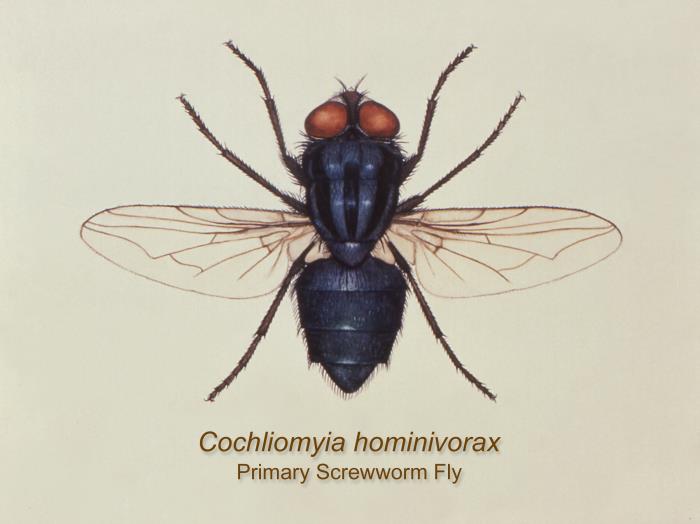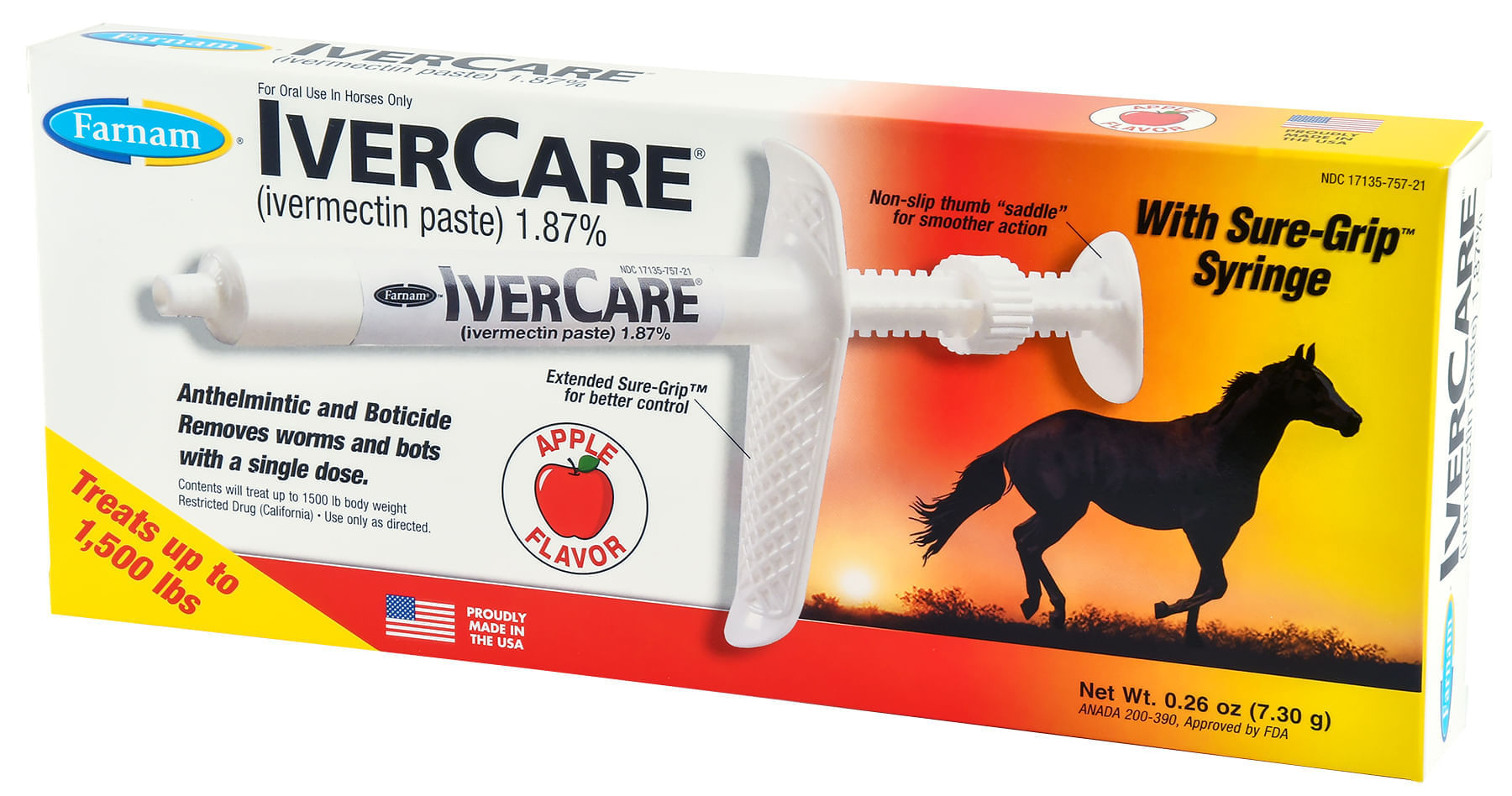Health
Related: About this forumTexas Encourages Monitoring and Reporting of Animals Affected by New World Screwworm
From the Texas Department of Parks and Wildlife (TPWD):
TPWD is asking hunters and other outdoor enthusiasts in South Texas to be on the lookout for animals affected by the New World screwworm (NWS) after a recent detection in Mexico.
This detection, found in a cow at an inspection checkpoint in the southern Mexican state of Chiapas near the Guatemalan border, follows the progressive northward movement of the NWS through South and Central America.

New World screwworm favorability analysis. (image: casasglobal.org)
As a protective measure, animal health officials are asking those along the southern border of Texas to monitor wildlife, livestock and pets for clinical signs of NWS and immediately report possible cases.
New World screwworms are larvae or worms of the NWS fly (Cochliomyia hominivorax), which cause a painful condition known as NWS myiasis. NWS flies lay eggs in open wounds or living tissue holes such as nostrils, eyes, or mouth. These eggs hatch into dangerous parasitic larvae, and the worms burrow or curl into the flesh with sharp mouth hooks. Wounds can become enlarged, and an infestation can often cause serious and fatal damage or death to the infected animal.

Screwworms infestations have been confirmed in Florida. (Image: USDA APHIS)
NWS primarily infests livestock, but it can also affect humans and wildlife, including deer (deer) and birds.
The parasite was last eradicated from the United States in 1966, with costly efforts by federal and state animal health officials, livestock producers, and veterinarians. Eradication efforts have continued in Central America, but the pest is considered widespread in Cuba, Haiti, the Dominican Republic, and countries in South America.
Clinical signs of NWS myiasis may include:
Irritated or depressed behavior
Loss of appetite
Shaking your head
Smell of rotting meat
Presence of fly larvae (worms) in wounds
Isolation from other animals or people
Transmission
NWS infestations begin when a female NWS fly is attracted to the smell of a natural wound or opening on a live, warm-blooded animal, where she lays her eggs. These openings can include wounds as small as a tick bite, nasal or eye openings, a newborn's belly button, or genitals.

A female NWS fly can lay up to 300 eggs at a time and can lay up to 3,000 eggs during her lifetime. The eggs hatch into larvae (worms) that burrow into an opening to feed. After feeding, the larvae fall to the ground, burrow into the ground, and emerge as adult NWS flies. Adult NWS flies can fly long distances, and the movement of infested cattle or wildlife can increase the rate of spread.
Prevention
When spending time outdoors (especially if you're traveling abroad to areas affected by the NWS), be sure to clean and cover all wounds, as well as apply insect repellent to outdoor clothing to help avoid contact with the NWS and other harmful insects.
How to Help
While out in the countryside enjoying activities such as hunting, hiking, or birdwatching, hunters and outdoor enthusiasts are asked to report suspected signs of NWS. Any wildlife with suspicious clinical signs consistent with the NWS should be reported immediately to a local wildlife biologist. Livestock reports must be made to the Texas Animal Health Commission (TAHC) or the USDA.
Sources:
https://tpwd.texas.gov/newsmedia/releases/?req=20241230a
https://www.aphis.usda.gov/livestock-poultry-disease/cattle/ticks/screwworm
Faux pas
(16,060 posts)Always Wins ![]()
C0RI0LANUS
(3,015 posts)
yankee87
(2,746 posts)I am shocked they actually believe in science. I’m sure they will stock up on horse dewormer
C0RI0LANUS
(3,015 posts)